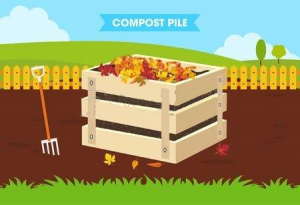 COMPOST THEM
COMPOST THEM
Gardening expert Graham ‘Willow’ Williams told ABC Radio that
“Autumn leaves are ‘Gold in the Garden’”
He recommends turning them into a leaf mould (semi-decomposed leaf matter) by making a pile, adding some water, covering them, then turning them over every few weeks. In three months or so you’ll have a nutrient rich organic semi-decomposed leaf mould to put on the garden. To make the process quicker leaves can be broken up first with a mulcher or lawn mower.
Great for your home compost bin or worm farm
Dry leaf matter provides a great source of carbon in your compost bin or worm farm. Use leaves to layer between wet food scraps and garden materials. Keep excess leaves in bags for in Spring and Summer when dry leaves are hard to find.
MAKE A MULCH
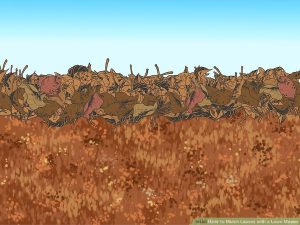
Leaf matter provides nutrients, helps to stop weeds and retain moisture
Rake them up and spread them straight on or mulch them up first and put them in flower beds, vegetable gardens and under trees and shrubs or in container gardens to provide nutrients, keep weeds down and the moisture in.
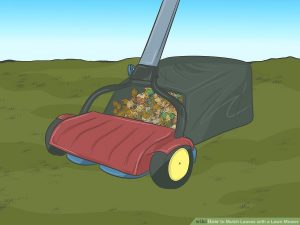 MOW OVER THEM
MOW OVER THEM
One of the easiest solutions is to run over them with the lawn mower, no raking required. Empty the lawn mower catcher onto your garden for mulch, directly into your compost bin or green lidded food and garden organics (FOGO) bin.
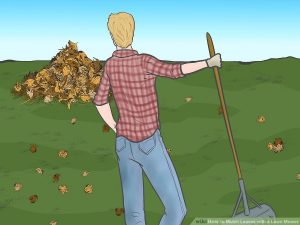 RAKE THEM UP
RAKE THEM UP
Then place them onto your garden for mulch, into your compost bin or directly into your green lidded food and garden organics (FOGO) bin.
Please don’t bag it!
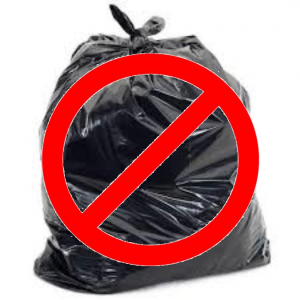 Please don’t place leaves, lawn clippings or any other garden
material in a plastic bag. Plastic bags are not compostable and will cause contamination isues!
Please don’t place leaves, lawn clippings or any other garden
material in a plastic bag. Plastic bags are not compostable and will cause contamination isues!
Please don’t sweep them onto the street!
They may end up in our water ways causing excess nutrients leading to algal blooms. If the leaves are collected by street sweepers they end up wasted in landfill as they are contaminated with other street litter and grime.
